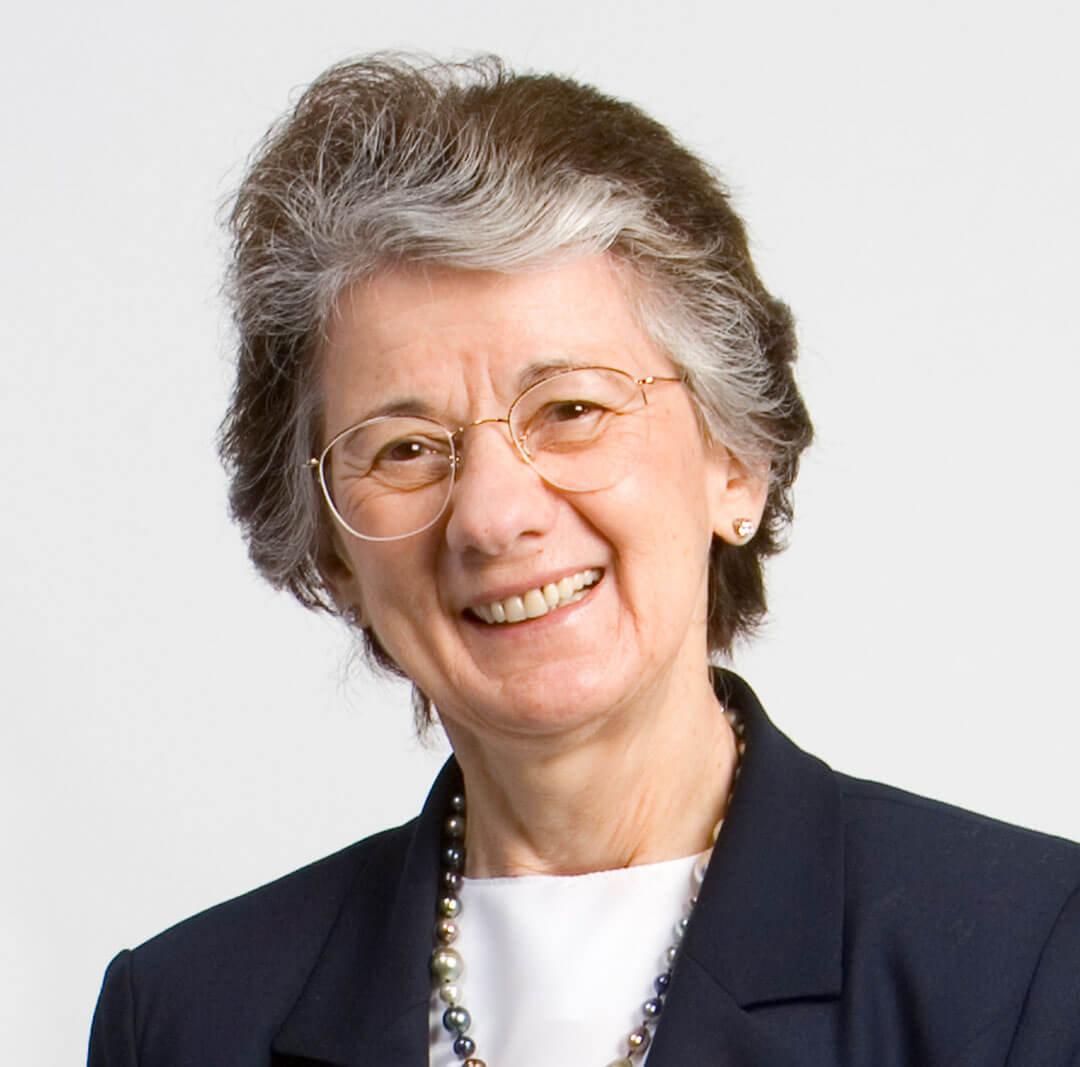- April 23, 2020
- By Tom Ventsias
University of Maryland computing experts are partnering with a consortium of scientists from across the U.S. to deploy the latest advances in artificial intelligence, machine learning, supercomputing and social science data against epidemic outbreaks.
Funded by a $10 million grant from the National Science Foundation (NSF), the researchers are using these powerful technologies and tools to explore trends in globalization, anti-microbial resistance, urbanization and ecological pressures—factors that have converged to increase the risk of global pandemics like the COVID-19 crisis now wreaking havoc on populations and economies worldwide.
 Professor Aravind Srinivasan, Distinguished University Professor Rita Colwell and Assistant Professor Abhinav Bhatele join faculty from 10 other universities on the Global Pervasive Computational Epidemiology project, which includes researchers from Princeton University, Yale University, Stanford University, the Massachusetts Institute of Technology and the University of Virginia, which is leading the multidisciplinary effort.
Professor Aravind Srinivasan, Distinguished University Professor Rita Colwell and Assistant Professor Abhinav Bhatele join faculty from 10 other universities on the Global Pervasive Computational Epidemiology project, which includes researchers from Princeton University, Yale University, Stanford University, the Massachusetts Institute of Technology and the University of Virginia, which is leading the multidisciplinary effort.
While the concept of using modern technology to address the spread of global disease is not new, NSF officials said the launch last month of this project could not have come at a more opportune time.
“We are currently experiencing unprecedented access to massive data, powerful advanced computing capabilities, and models and simulations that can capture the complexity of viruses and associated diseases in ways that weren’t possible as recently as a decade ago,” said Mitra Basu, who leads the NSF’s Expeditions in Computing program that provided funding for the five-year project. “Together with the incredible number of researchers who have turned their attention to COVID-19 and pandemics more generally, we are likely witnessing transformational efforts that can help with the current crisis, and allow us to be much better equipped for the next pandemic.”
Srinivasan is leading the computational foundations part of the project. Key to this work, he said, is the development of new machine learning algorithms that can interpret large amounts of data from multiple sources over multiple networks.
 This could include climate data interspersed with disease vector factors—how a virus spreads over time and distance—which is then compiled with the demographics of people who have tested positive for the virus.
This could include climate data interspersed with disease vector factors—how a virus spreads over time and distance—which is then compiled with the demographics of people who have tested positive for the virus.
The technology can also be used for interpreting dense social-contact networks—a complex "who-knows-who" pyramid that often determines how far and fast a virus will spread.
“Artificial intelligence and machine learning can play a role when we’re only able to collect fairly sparse real-time data,” Srinivasan said. “Using this limited data, we can build models of where and when we see infections spreading the most, allowing public health experts to make intelligent predictions of what to do tomorrow and the day after.”
These machine learning models can be especially important for policymakers, who will need to separate valid information from misinformation regarding the size and scope of a pandemic, Srinivasan said.
Colwell, who has spent much of her career using technology to combat waterborne diseases like cholera, is expected to work closely with other scientists on the effects that climate may have on the spread of viruses. She will also offer public policy advice, working with researchers at the Center for Disease Dynamics, Economics and Policy, a public health organization located in Washington, D.C.
 Srinivasan said that both he and Bhatele will collaborate with other scientists on tasks that require high-performance computing for large-scale simulations. This could include “percolation properties” of how a disease might spread through the air, taking into account multiple factors like climate, urban environments and social demographics.
Srinivasan said that both he and Bhatele will collaborate with other scientists on tasks that require high-performance computing for large-scale simulations. This could include “percolation properties” of how a disease might spread through the air, taking into account multiple factors like climate, urban environments and social demographics.
Government supercomputers located at the Lawrence Livermore National Laboratory in California and the Oak Ridge National Laboratory in Tennessee will assist with these simulations, Srinivasan said.
He said he was “humbled” to be one of the thousands of scientists worldwide thrust into the fight against a gobal pandemic just as the NSF project—under development well before COVID-19 was identified—was getting started.
“We expect that our work can have an immediate impact, but are also aware that the computational tools and policies we develop now can have an effect on future events like this,” he said. “That’s what is driving much of our efforts now—preparing for the future.”
